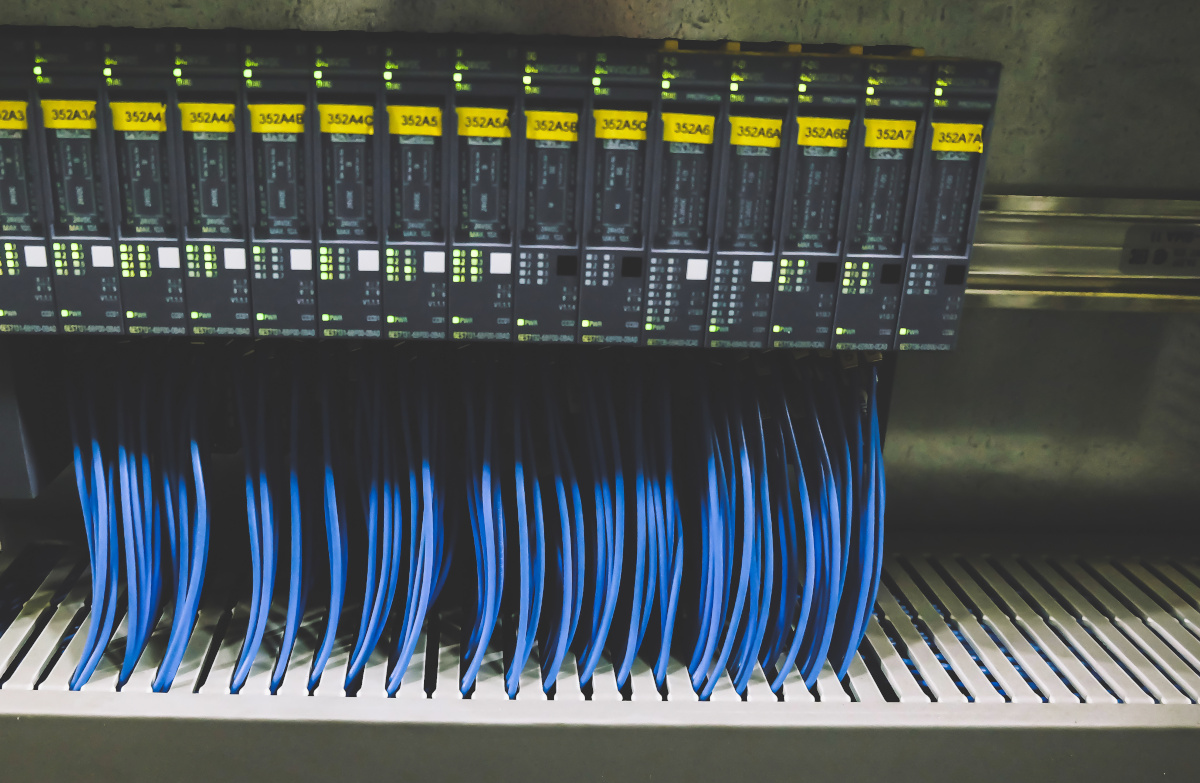What Are The Benefits of Structured Cabling?
December 27th, 2022 by admin

Structured cabling is a holistic approach to the design, installation, and management of all the cables, hardware components, and accessories used in voice and data communications. It involves planning, designing, and installing a comprehensive infrastructure that can support multiple services from various vendors over extended periods of time.
Structured cabling helps organizations manage their network resources more effectively by allowing them to quickly and easily identify, troubleshoot, and upgrade their network as needed. Structured cabling can also help reduce the costs associated with wiring since it follows a predetermined standard that is easy to follow.
Furthermore, structured cabling simplifies system maintenance by providing an organized framework for all of the hardware components used in a network system. By following a structured cabling design, organizations can ensure that all of their cable connections are properly aligned, which minimizes problems caused by incorrect wiring.
Additionally, structured cabling simplifies the installation and maintenance of new networks or upgrades to existing networks. Finally, structured cabling allows for better scalability and future expandability as the network grows. This helps organizations save money in the long run by avoiding unnecessary costs associated with re-wiring or replacing outdated infrastructure.
Overall, structured cabling is a cost-effective and reliable solution for organizations looking to upgrade their current network systems. By following this system of organized wiring, organizations can maximize their performance and minimize their downtime due to system problems.
When implemented properly, structured cabling also provides a secure and reliable system for carrying out voice and data communications. In addition to these benefits, structured cabling can help organizations save money in the long run by reducing the need for additional wiring and allowing them to quickly upgrade or expand their networks as needed.
The Benefits of Structured Cabling
Structured cabling offers several key benefits, including improved reliability and scalability, increased flexibility, and reduced costs. Structured cabling also ensures that your network is properly organized to support current as well as future needs.
-
Improves Reliability
Structured cabling helps improve reliability in a variety of ways. Cables are grouped together into manageable bundles so they can be easily identified and managed if any issues arise. This makes troubleshooting much easier than with traditional cable setups, where cables may be randomly scattered throughout the building or office space.
Additionally, these systems can use multiple crossover points which help ensure that if one point fails, the other points will remain functional, so there's minimal disruption.
-
Excellent Scalability
Structured cabling also provides excellent scalability for organizations that need to expand their networks. New cables can easily be added and integrated into the existing system without having to completely overhaul the entire network setup. This flexibility makes it easy for businesses to add new components, such as additional computers or devices, without having to worry about compatibility issues.
-
Reduces Costs
Finally, structured cabling helps reduce costs in comparison to traditional cabling solutions. Since all of the cables are organized and labeled accordingly, there's no need to pay technicians high fees to sort out a tangled mess of wires and cables.
Additionally, since these systems are designed with scalability in mind, organizations don't have to invest heavily in new equipment each time they want to make changes or upgrades; instead, they can simply use the same wiring infrastructure to add new components.
All in all, structured cabling is an excellent option for businesses that need reliable, flexible, and cost-effective network solutions. Not only can it help improve reliability, scalability, and flexibility - it also helps reduce costs in the long run. With these benefits in mind, it's no surprise that so many organizations are turning to structured cabling solutions to meet their networking needs.
Structured cabling can make a massive difference to the internal operations of an organization and offers numerous benefits to businesses. That's why so many companies are implementing structured cabling in their offices so that they can organize their networks. With the many benefits of structured cabling at their disposal, it influences a business's decision to grow its operations without worrying about the impact it will have on its networks. If you want to learn more about the benefits of structured cabling for your business, contact us today.
Posted in: Solutions